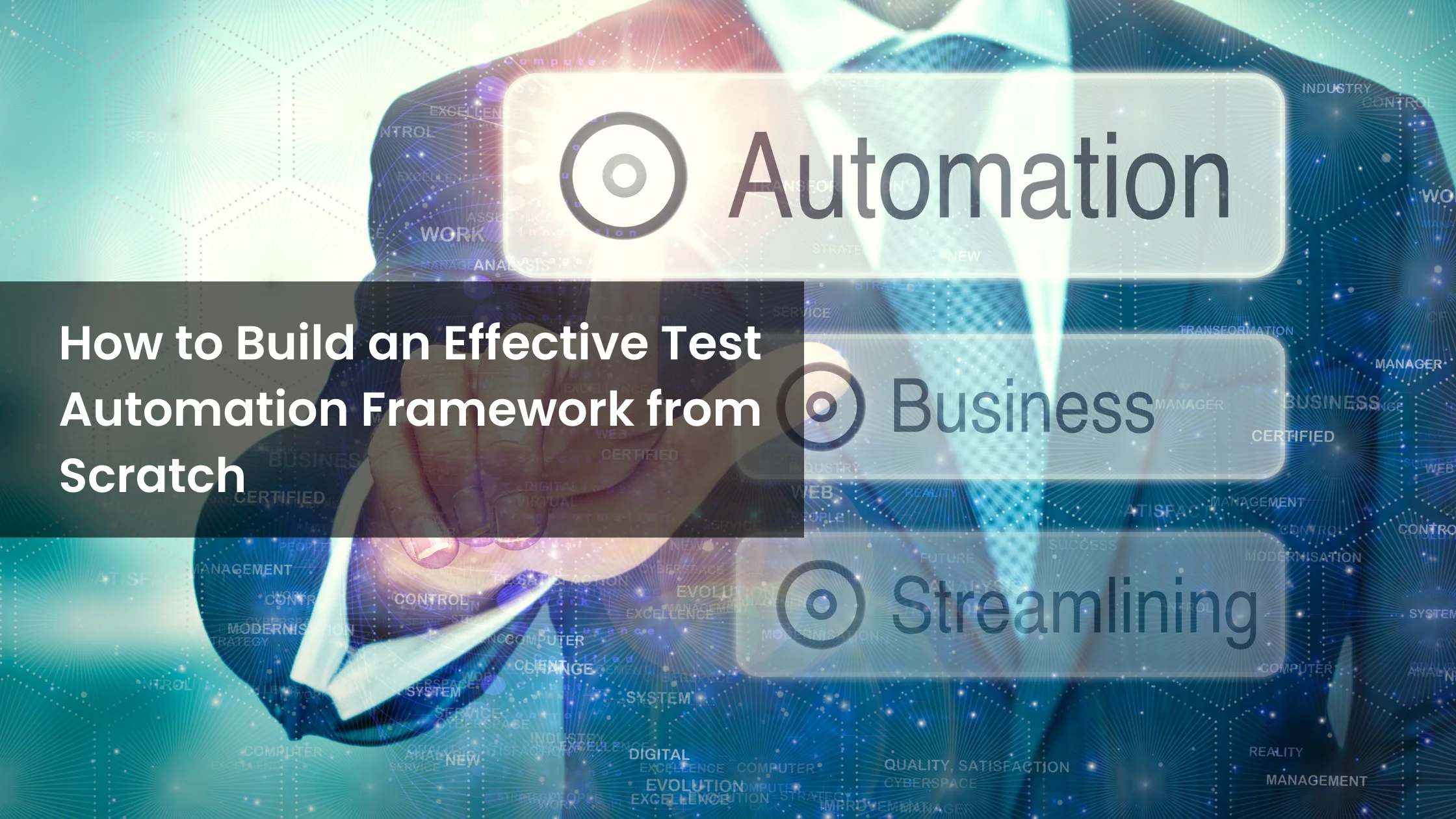Modern software delivery depends on speed, consistency, and quality — and CI/CD (Continuous Integration and Continuous Deployment) provides the structure to achieve all three. But without automated testing, CI/CD loses its core strength. Integrated test automation ensures that every change is validated, every deployment is safer, and bugs are caught before production.
In this article, we’ll explore how to seamlessly integrate automated tests into CI/CD workflows using popular tools and real-world best practices, enabling faster, more reliable software delivery.
What Is CI/CD in Software Development?
Continuous Integration (CI) involves developers frequently pushing code changes to a shared repository. Each push triggers a series of automated steps — like code compilation, testing, and packaging — to ensure nothing breaks.
Continuous Deployment (CD) extends CI by automatically deploying code to staging or production once it passes all tests. This creates a streamlined, always-ready release process.
When combined with automated tests, CI/CD enables teams to detect failures early, avoid regressions, and deliver high-quality software at scale.
Types of Automated Tests in CI/CD Pipelines
Each stage of the CI/CD pipeline serves a specific testing purpose:
- Unit Tests – Run early during build to validate individual components.
- Integration Tests – Validate communication between modules or services.
- API Tests – Confirm the behaviour of REST endpoints across environments.
- UI/Functional Tests – Simulate real user workflows pre-deployment.
- Regression Tests – Often run on a nightly or scheduled basis to catch issues caused by new changes.
This layered approach increases test confidence and reduces the risk of production failures.
Tools for CI/CD and Automated Testing Integration
To enable end-to-end automation, you need a combination of CI/CD and testing tools that communicate effectively. Here’s a breakdown:
CI/CD Platforms
- Jenkins – Open-source, plugin-rich, flexible for any tech stack.
- GitHub Actions – Native CI/CD within GitHub; great for open-source and frontend projects.
- GitLab CI – Integrated CI/CD within the GitLab ecosystem.
- CircleCI – Cloud-first, container-ready with strong caching and Docker support.
- Azure DevOps – Enterprise CI/CD with full test suite integration.
Test Automation Tools
- Selenium / Appium – UI and mobile test automation.
- JUnit / TestNG / Pytest – Frameworks for unit and regression testing.
- Postman / Newman / REST Assured – For API test automation.
- Cypress / Playwright – Modern JavaScript-based frontend testing tools.
How to Integrate Tests into CI/CD Pipelines
1. Set Up Your CI/CD Workflow
Define the pipeline stages:\
Build → Test → Deploy\
Configure triggers for your pipeline (e.g., pull requests, commits to main, or scheduled runs).
2. Add Test Setup and Dependencies
Install the necessary environment and test libraries:
- Install browser drivers (e.g., ChromeDriver)
- Install Python packages, Maven dependencies, or npm modules
3. Execute Automated Tests
Use pipeline configuration files to run tests:
Jenkinsfile Example:
stage('Run Tests') {
steps {
sh 'pytest tests/'
}
}
GitHub Actions Example:
- name: Run Selenium Tests
run: mvn test
4. Generate and Publish Test Reports
- Use Allure or JUnit XML to create readable test reports
- Archive artefacts in Jenkins or push reports to GitHub Pages
5. Set Thresholds and Notifications
- Configure email/Slack alerts for failed tests
- Use gates or thresholds to block deployments on test failure
Benefits of Integrating Automated Tests in CI/CD
Automation in CI/CD brings measurable value across the SDLC:
- Faster Feedback Loops – Get immediate insights on build status.
- Higher Release Frequency – Ship changes daily or weekly without fear.
- Improved Code Quality – Early bug detection = fewer production incidents.
- Less Manual Testing – Focus QA time on exploratory or usability testing.
- Continuous Monitoring – QA becomes proactive, not reactive.
Real-World Use Case: EdTech Platform
Client Profile: A fast-scaling educational platform handling thousands of daily users.\ Tools Used: GitLab CI, Selenium, Postman, Pytest\ Challenges: Slow manual testing cycles, frequent hotfixes post-release\ Solution: Introduced nightly regression testing and CI-integrated test execution\ Outcome: Reduced release time from 7 days to 1 day, with over 80% automation coverage.
Frequently Asked Questions (FAQs)
Q: Can I use CI/CD without automated tests?\ Technically yes, but it defeats the purpose. Automated tests are what make CI/CD reliable and scalable.
Q: Where should I place tests in the pipeline?
- Unit tests: During the build stage
- Integration/API tests: After build, before deployment
- UI/regression tests: Before or during staging deployment
Q: How do I visualize test results in CI tools?\ Use reporting plugins like Allure or publish HTML reports directly. Tools like Jenkins, GitHub Actions, and Azure DevOps all support test result dashboards.
Conclusion
CI/CD is the backbone of modern DevOps. When you pair it with automated testing, you unlock speed, confidence, and agility in software releases. From quick bug feedback to 24/7 monitoring and deployment readiness, automation ensures your QA team isn’t just a checkpoint — it’s a partner in innovation.
At Testriq QA Lab LLP, we specialize in helping teams integrate test automation into CI/CD workflows across platforms like Jenkins, GitHub Actions, and GitLab CI.
 Building a test automation framework from scratch can seem like a daunting task, but fear not! With the right roadmap and a dash of creativity, you'll be well on your way to creating a robust framework that simplifies testing and accelerates the delivery of high-quality software. Here's your step-by-step guide to kick-start the journey:
Building a test automation framework from scratch can seem like a daunting task, but fear not! With the right roadmap and a dash of creativity, you'll be well on your way to creating a robust framework that simplifies testing and accelerates the delivery of high-quality software. Here's your step-by-step guide to kick-start the journey: